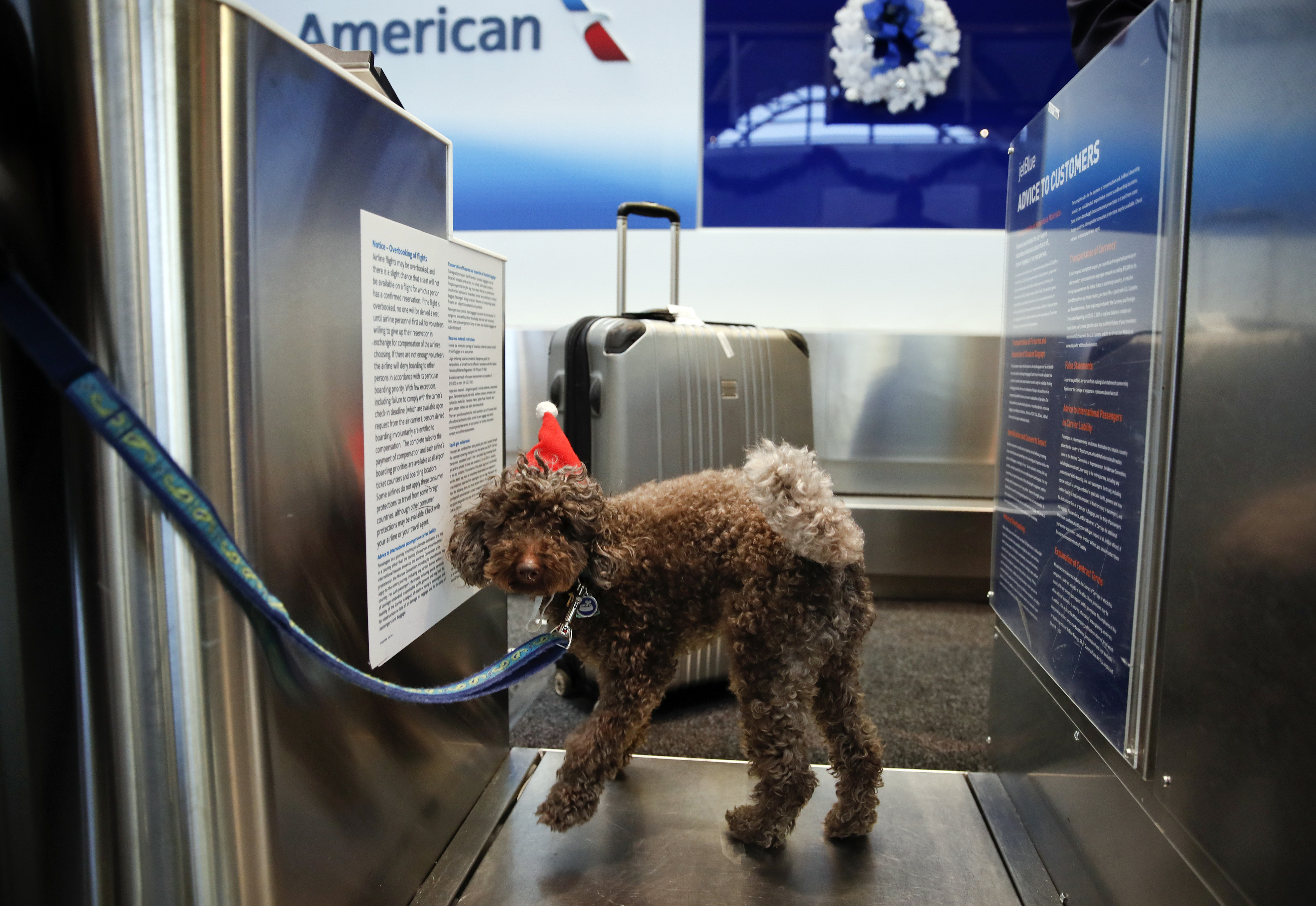The ride begins with two train cars, filled with as many as 24 passengers, cautiously trekking up a hill of wooden tracks. The rattle of the ascent slowly grows louder.
As the cars reach the coaster's 85-foot peak, there's a short pause — followed by a swift 60-mph plunge to the bottom that has made stomachs churn and eyes water since Calvin Coolidge was in the White House.
Such a timeworn ride requires a great deal of attention to ensure the safety of its passengers, say workers responsible for the Cyclone, the 85-year-old New York City landmark and international amusement icon that will be feted Saturday with a birthday party including 25-cent rides — the same price they were on its debut on June 26, 1927.
"It takes a lot of work to run a very old roller coaster," said Valerio Ferrari, president of Central Amusement International, which operates the coaster.
Each morning beginning at 7, maintenance workers hike the coaster's tracks along the walk boards in search of damaged wood and loose bolts. The cars, which are originals from 1927, are dismantled every winter before they undergo nondestructive testing and are reassembled.
The Cyclone may not be the oldest or tallest coaster in the nation. But it became a worldwide symbol of America's emerging leisure class in the early 20th century.
Towering above Coney Island's boisterous boardwalk at the corner of Surf Avenue and West 10th Street in Brooklyn, the Cyclone went up after brothers Jack and Irving Rosenthal invested $175,000 to build a dynamic new coaster that would satisfy the demand for more attractions in the area.
The result was a ride that included 2,640 feet of track, 12 drops and 27 elevation changes. For a minute and 50 seconds, passengers aboard the Cyclone were jerked from one edge of their seat to the other, as the coaster would slow around the bends before heaving its riders down steep dips.
Local
This was all done by design, said Jennifer Tortorici, the Cyclone's operations manager.
"It's 2,640 feet of track, so if it wasn't slow in certain areas, the cars would wind up on the beach somewhere," she said.
Still, the turbulence is sometimes so forceful that passengers have seen personal belongings fly out of their pockets. Lost items range from the typical — keys, wallets and cellphones — to the more obscure, like dentures, wigs and underwear, Tortorici said.
Safety issues have at times dogged the Cyclone. A worker died on the ride in 1985, Tortorici said, and in 2008 the family of a California man who died after fracturing his neck on the ride sued the city for failing to keep the coaster safe. A Law Department spokeswoman said the city has been indemnified and the case is pending.
The city's Buildings Department conducts safety inspections up to three times a season, according to spokeswoman Ryan FitzGibbon.
Beyond its age, what distinguishes the Cyclone from contemporary steel coasters is that it's made of wood, from the cars to the tracks they ride on, although it rests on a steel base. Valerio Ferrari, president of Central Amusement International, which operates the coaster, said this construction makes for a ride that has "a lot of energy."
"Wood has that feeling, that vibration. It's more alive," Ferrari said.
He added: "Going for one ride on this coaster is like going through, someone said, a car accident."
The sentiment has been shared throughout the years. The coaster's employees have no qualms about perpetuating a legend that in 1948, Emilio Franco, a West Virginia coal miner who had been mute since birth, spoke his first words — "I feel sick" — after plummeting down the Cyclone's precipitous 60-degree drop.
Even Charles Lindbergh, the American aviator who became the first person to fly a nonstop solo flight across the Atlantic Ocean, reportedly said several years after it opened that riding the Cyclone was "greater than flying an airplane at top speed," according to The New York Times.
These days, the Cyclone's paint has chipped, and the steel beams have rusted a bit. But patrons still enjoy the same rush.
"You can describe it in just one word: intense," said Laurie Rosen, of Burke, Va., who rode it Tuesday.
The Cyclone, also known as the Big Momma of Coney Island, carries about 250,000 riders every season from April through October.
By 1988, the city declared the coaster an official landmark, and it was placed on the National Register of Historic Places in 1991.
According to the Parks Department, the Gravesend Historical Society's president wrote in a letter requesting the landmark status: "Unlike the Dodgers, the Cyclone will never leave Brooklyn."
Get the latest from NBC 4 New York anytime, anywhere. Follow us on Twitter, Facebook and Google+. Get our apps here and sign up for email newsletters here. Get breaking news delivered right to your phone -- just text NYBREAKING to 639710. For more info, text HELP. To end, text STOP. Message and data rates may apply.



